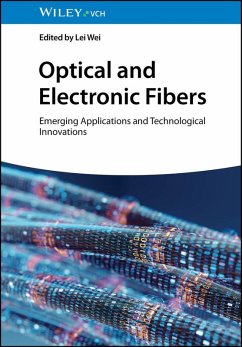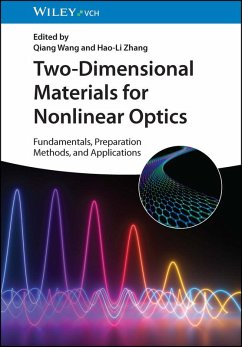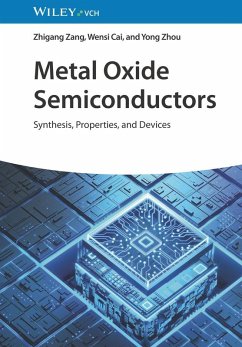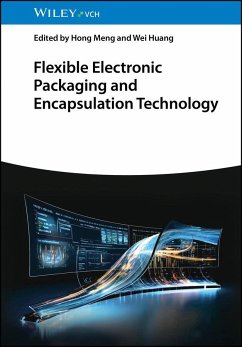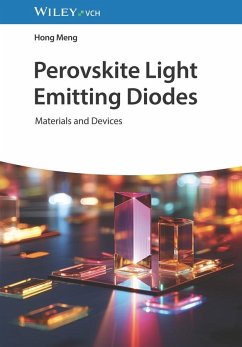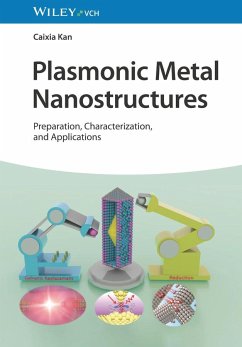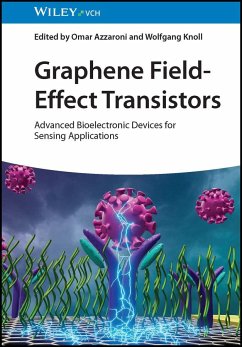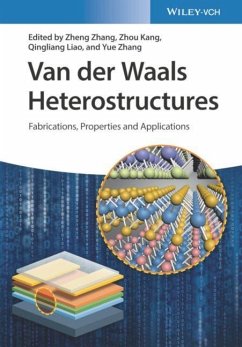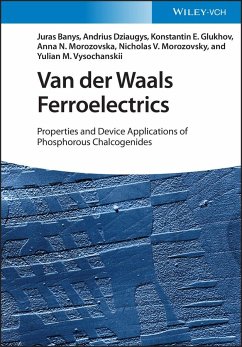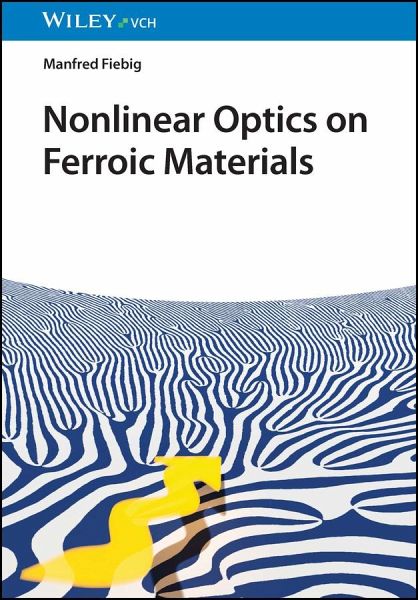
Nonlinear Optics on Ferroic Materials

PAYBACK Punkte
53 °P sammeln!
The book brings together three key fields of physics: symmetry, magnetic or electric long-range ("ferroic") order, and nonlinear laser optics. In the first part, the fundamentals of these three fields are introduced with a focus on the details that are relevant for their combination. The second part discusses how nonlinear optical studies help revealing properties that are inaccessible with "standard characterization" techniques, followed by a systematic discussion of the unique degrees of freedom of nonlinear-optical probing of ferroics. The third part explores material classes of central int...
The book brings together three key fields of physics: symmetry, magnetic or electric long-range ("ferroic") order, and nonlinear laser optics. In the first part, the fundamentals of these three fields are introduced with a focus on the details that are relevant for their combination. The second part discusses how nonlinear optical studies help revealing properties that are inaccessible with "standard characterization" techniques, followed by a systematic discussion of the unique degrees of freedom of nonlinear-optical probing of ferroics. The third part explores material classes of central interest to contemporary condensed-matter physics, including multiferroics with magnetoelectric correlations and oxide-electronic materials, along with application related to the optical properties of ferroic materials. The book concludes with an outlook towards future developments.




